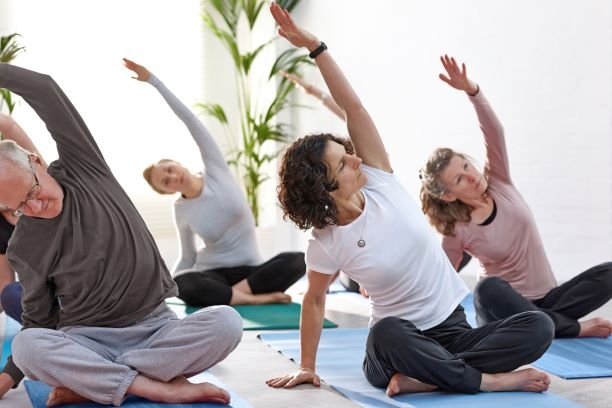by Elise Bowerman
Yoga teachers are a dime-a-dozen.
According to Yoga Journal and Yoga Alliance (2015 and 2016 statistics) there are 52,746 yoga teachers and over 18,000 yoga schools registered with Yoga Alliance.
A 2012 Yoga Journal study found over 20 million Americans practicing yoga. We can trust that number is much higher in 2019, as yoga has only grown in popularity.
Did you know there is no licensing or state regulations for yoga teachers and schools?
Many studios rely on offering a yoga school to develop more teachers. This does not necessarily mean the teachers leading this school have done their own emotional/personal work, have had a variety of teaching experiences, or are even 'good' teachers.
Yoga Alliance (YA) is one of a couple organizations who has seen a need to help organize and support those wanting to teach students and teachers in an ethical way. (There's opposing opinions of how useful YA is to the community, but I believe they have solid intentions, and are doing great work for a national organization.)
Traditionally, yoga studios have an unpredictable business model of offering mainly walk-in classes. Which is why you may see local studios close within five years of opening. This 'yoga school' income is what helps many studios stay out of the red, and in the black.
How do you know if your yoga teacher is someone you can trust professionally?
The short answer is: you won't know. Tons of people with the 'right' accreditations have loose morals and values - in any professional field.
Luckily, there are some avenues to explore as you check out yoga studios and teachers near you.
1. Attend a variety of studios, class titles, and teachers.
When you find a teacher you resonate with then begin to try the different classes they offer. The teacher will be the most important part of your yogic journey... they are the ones who will leave a lasting impression of how you feel about the practice, and yourself.
We are constantly growing and changing as human beings... especially when we open ourselves to being and less doing. Over time you will desire a new studio, teacher, and type of classes. It's completely okay!
Yoga teachers understand this. We have gone through many cycles of connecting with the teachers we needed at certain times in our lives, and moved in a new direction at other moments in life. Students and teachers flow in and out of our lives when needed. It's pretty great to watch the cycle happen.
2. Research teachers background.
In order to ensure quality care and the right fit for you, it is vital to have an understanding of your teacher's background.
Just because someone may be an Insta-Yogi, have a few more grey hairs, or is a workshop/certificate-getting-aholic does not equal the amount of wisdom, understanding, education, or awareness of how to teach yoga with compassion.
Check out your potential teacher's biography on studios' website, their personal website, and social media accounts. Ask around, too!
Does this potential teacher resonate with you? If so, join in their classes! Give them a try!
Get up and go.
The hardest part of the yoga practice is getting on the mat. When you go, and you realize this class or teacher isn't your cup of tea -- then you found something out that you didn't know before! Try someone else next time. Keep going until you find the right fit.
There's many approaches to the practice. You'll find what you're looking for as long you get out of your own way. Stay vigilant.
Happy practicing!

